(MENAFN- USA Art News)
Although the first images of the Madonna and child date back to the 2nd century AD, the tradition of depicting motherhood was formed mainly in the 13th century on the basis of Christian dogma and was reproduced by male artists for centuries. But as emancipation grows in art, artists and a completely different image of motherhood appear, full of not only appeasement but fear, despair, fatigue – and realism.
In the paintings of Perugino and Fra Beato Angelico, the Virgin Mary is always humble, and melancholic and, by and large, serves only as a background for the nudity painting of the boy God.
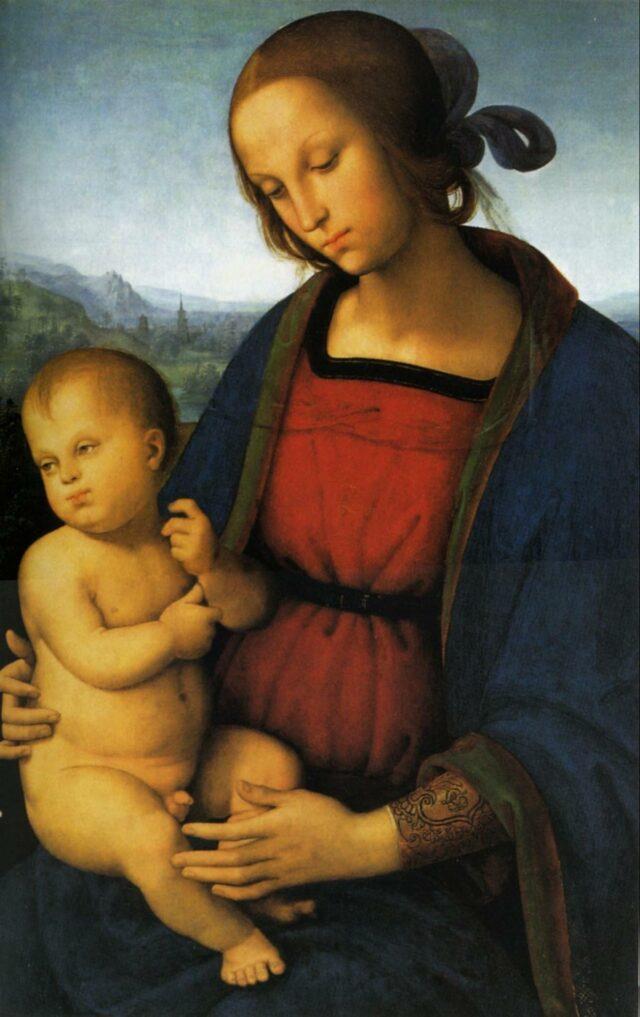
Pietro Perugino“Madonna and Child”
But still, for male artists, the image of motherhood is more of an allegory and an unshakable canon. Even in the twentieth century, many painters continued to follow the established iconography: the scandalous symbolist Gustav Klimt, known for sensual images of women, has sleeping female figures with a baby in her arms – a reference to the traditional symbolism of the Virgin as“roses without thorns” and to the plot“Madonna in Glory”.
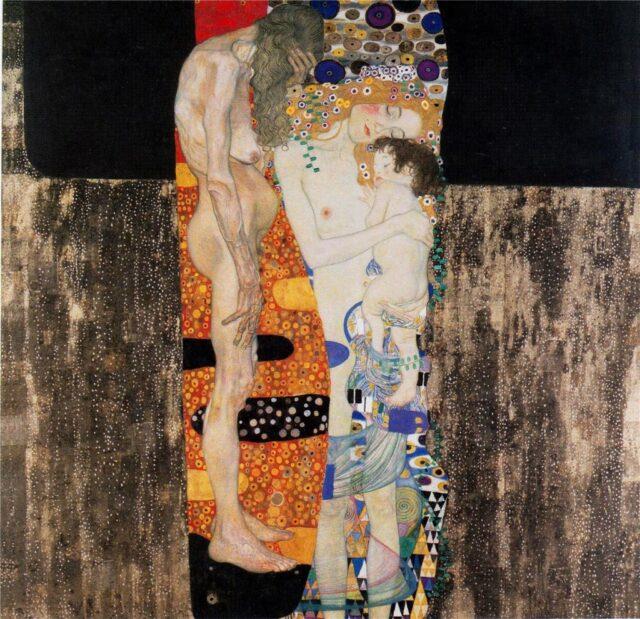
Gustav Klimt“Three Ages of Woman” (1905)
In the 18th century, under the influence of the philosopher Jean-Jacques Rousseau, maternal tenderness became an independent theme of a female portrait. The harmonious relationship between mother and child was perceived as an expression of virtue and a source of earthly happiness. At the same time, artists ready to comprehend motherhood through the prism of their own experience appear on the art scene.
A real revolution in the image of motherhood was made by one of the American artists, impressionist Mary Cassatt. Cassatt, who, by the way, did not have children of her own, revealed the relationship between mother and child in a completely new way through scenes of everyday life.
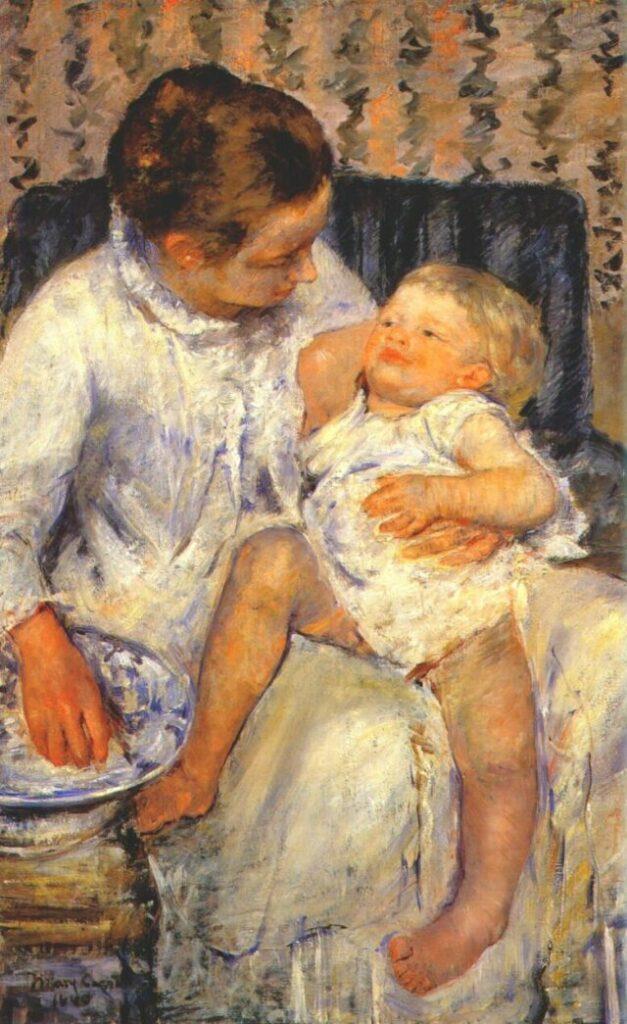
Mary Cassatt“A mother about to put her sleepy child to bed” (1880)
And the artist Paula Modersohn-Becker was accused of insufficient femininity, her nudity paintings were called too rude and insulting to German women. The figures of her models seem to be carved from stone – they seem so heavy. They feel power, bodily strength, and primitive sensuality. Her mothers resemble both ancient idols and living women with natural forms that have changed after childbirth.
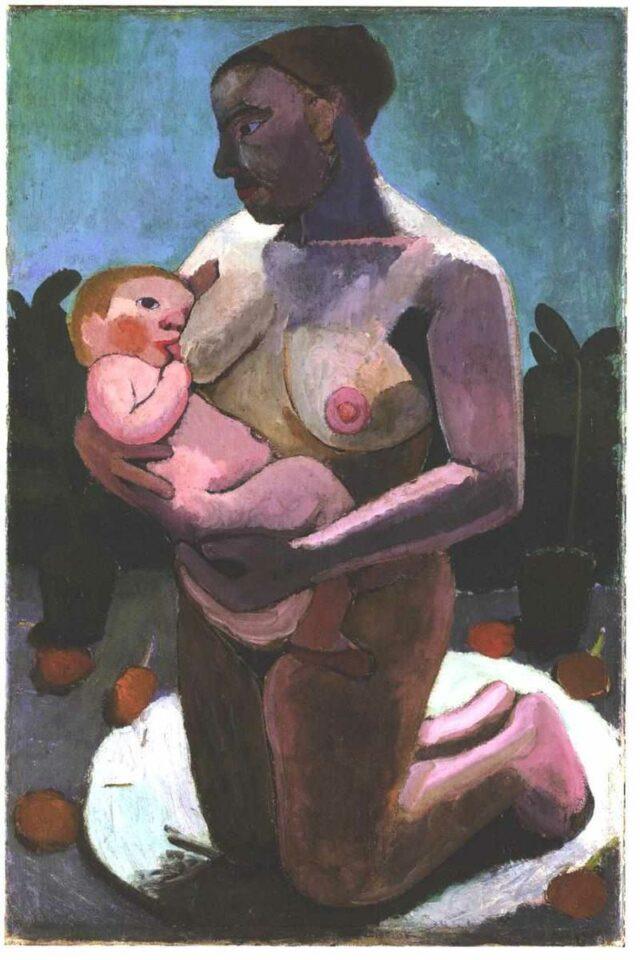
Paula Modersohn-Becker's“A Mother Feeds Her Child” (1907)
Modersohn-Becker worked at the intersection of symbolism and primitivism, embodying her unfulfilled desire for motherhood in many portraits of children and pregnant women. Ironically, this desire ended up costing her her life: the artist died of postpartum complications at 31.
The work of the Mexican artist Frida Kahlo is more like a diary – there are so many intimate experiences in her paintings. And one of the most painful topics for Kahlo is the inability to become a mother. In 1932, while in Detroit after a miscarriage, she painted the work“Henry Ford Hospital”. In the center of the picture is a hospital bed, on which a weeping woman is sprawled in a pool of blood.
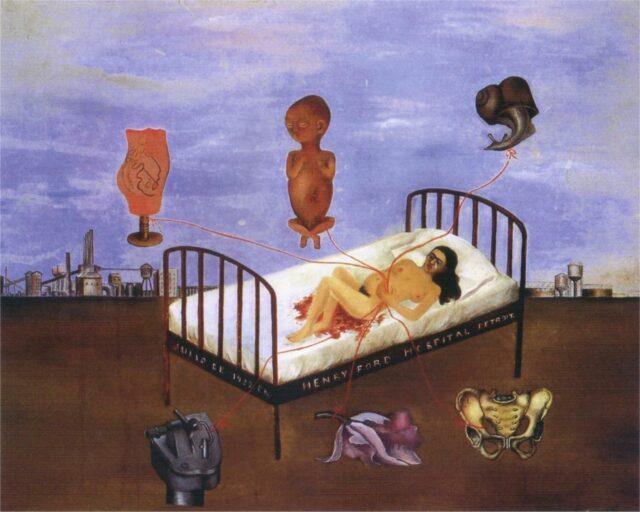
Frida Kahlo“Henry Ford Hospital” (1932)
The Dadaist Hanna Höch in the painting Woman and Saturn (1922) reveals the ambivalence of the feelings of a woman forced to choose between a man and a child. The symbiotic union of“mother and child” in the foreground faces the threat embodied in the vague image of a man in the background. This is a reference to the ancient myth of Saturn, who feared being overthrown by his own heirs and therefore killed them immediately after birth.
For Höch, it was also a personal story: she had two abortions from the artist Raoul Hausmann, who was satisfied with the role of a lover, but not a father. The translucent child on the canvas is the unborn victim of the bloodthirsty Saturn.
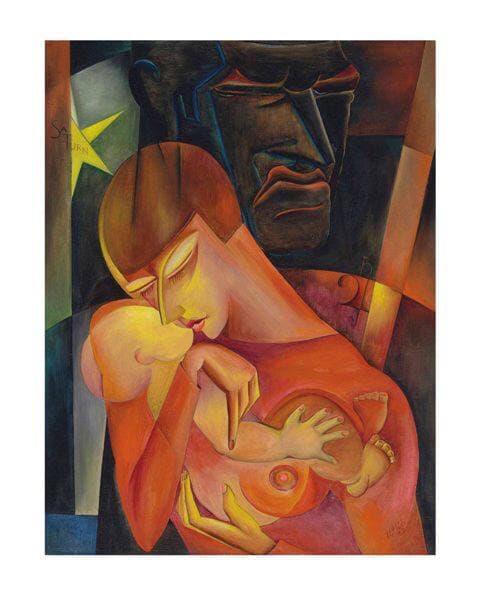
Hanna Höch“Woman and Saturn” (1922)
In the 1970s, women's voices in art became louder and more insistent. This coincided with the discovery of new media such as mural street art, photography, video and performance. The artists quickly became accustomed to current practices, giving the central role to the body and seeking to destroy its traditional perception.
Viennese actionist VALIE EXPORT is primarily known for her radical work with a strong feminist bent. In 1976, she made a series of color photo collages, copying the gestures of Italian religious painting, where she imagines herself in the form of the Madonna, surrounded by everyday objects-symbols of the pseudo-liberation of the housewife in the post-war years.
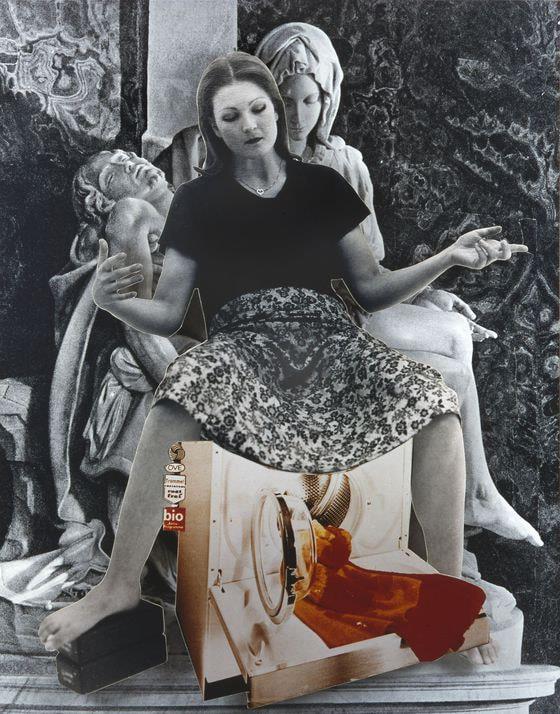
Valie Export Madonna Born of Michelangelo's Pieta (1976)
Thus, VALIE EXPORT makes fun of the religious canon, where the purity of the Madonna is opposed to the impurity of ordinary women. In her collages, the artist replaces the sacred with the trivial, desacralizing motherhood and ridding it of imposed stereotypes.